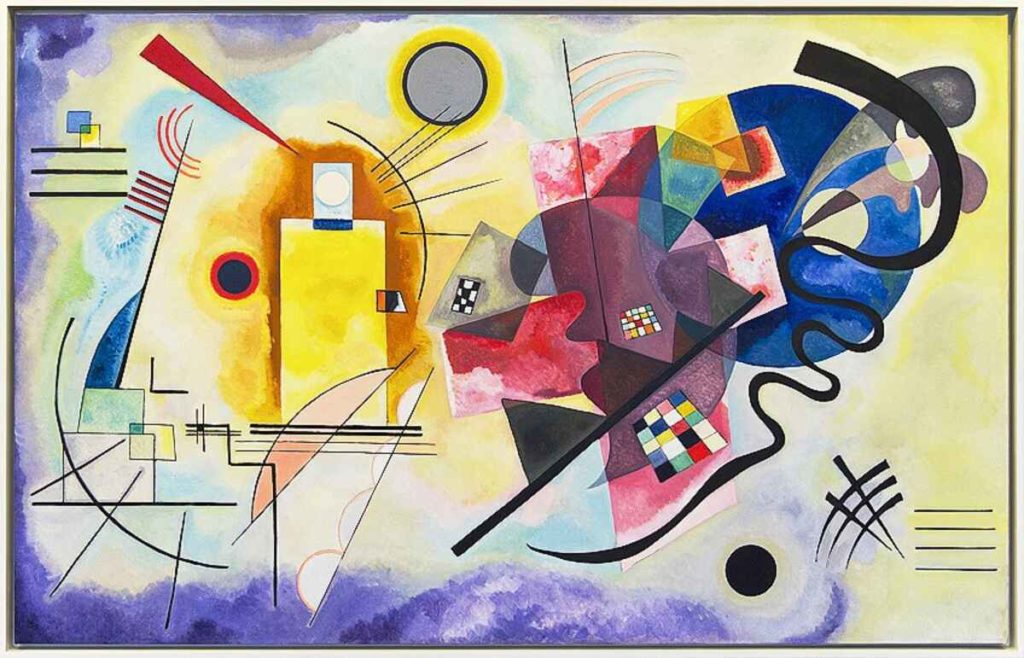Posters, Prints, and Visual Artwork

Posters, Prints, and Visual Artwork
If you’re looking for an exciting collection of posters, prints, and visual artwork, then you’ve come to the right place. Art posters can range from Psychedelic rock posters to Bolshevik propaganda posters, and they are available in a range of mediums. From Giclee prints to serigraphs, you’ll be spoilt for choice.
Psychedelic rock poster
A psychedelic rock poster is a piece of visual art that combines imagery, design, and color. Many of these pieces are collectible. Psychedelic rock poster art has been a source of inspiration for countless artists. During the golden age of psychedelia, underground comix and poster art were an important part of the culture.
During the sixties, psychedelic band posters were widely available in art galleries, music stores, and flea markets. While the movement was relatively short-lived, over 700 pieces were created during its brief lifespan. Most of these were created under the aegis of the Avalon/Bill Graham group, but there are also independent posters that were produced.
Psychedelic rock was characterized by freedom of form, foreign instruments, and the influence of different cultures. Psychedelic rock musicians, such as Jim Morrison, were known as poets and visionaries, and their lyrics were often visionary and poetic. In addition to the music, psychedelic rock visuals often included fluorescent colors and other eye-catching elements. Their art reflected the counterculture movement, which included many young people.
Many rock posters feature the work of iconic artists. Among the most recognizable examples are the iconic posters from The Grateful Dead and The Yardbirds. Others include Victor Moscoso, Victor Griffin, Wes Wilson, Stanley Mouse, and Alton Kelly. These artists also used collages to create their posters.
Psychedelic rock art can be found in modern-day culture, as well. In the 1960s, the psychedelic movement reintroduced the rave culture, and the rise of the digital revolution made it possible for artists to recreate their hallucinatory experiences. This was a significant catalyst for the Psychedelic movement and helped spawn a new digital style of art.
Bolshevik propaganda poster
Posters were an important part of the propaganda strategy of the Bolshevik Revolution. Visual artwork and posters were used to spread the revolutionary message and aspire people to join the party and its goals. Soviet propaganda posters featured carefully selected images that portrayed the idea of power. The posters also included messages such as “Land and Freedom” and “Your rights will only be won in a fight”.
The Bolsheviks gained access to conventional printing facilities and began to use propaganda posters as official state propaganda. The Bolsheviks aimed to rally the people and mobilize the Soviet state. The artists who created the most striking Soviet propaganda posters applied a communist tone to their creations.
The posters were widely distributed, printed in 70 cities across the Soviet Union. They were produced by artists such as V. Deni, A. Apsit, and D. Moore, and were published in many languages. The artists were also a part of the revolutionary movement. They produced posters in several languages and were distributed in the cities. Many of the posters were accompanied by TASS windows in many cities.
In order for propaganda to be effective, it should have a clear target. The ‘Why have you come to Murmansk?’ question by a Red Army soldier is targeted at British troops, while the Ally’s appeal to Russian comrades and citizens of Russia is less personal, and probably missed their intended audience.
In addition to posters, Soviet artists were also involved in creating a new style of art. The Lianozovo Group of artists gathered together in the 1960s. The group, which was led by Oscar Rabin, consisted of Valentina Kropivnitskaya, Vladimir Nemukhin, and Lydia Masterkova. While these artists embraced the new direction of the Soviet Union, their work still reflected their own individual styles.
Giclee print
Giclee prints are a great way to preserve your posters and visual artwork for years to come. These prints are produced with the latest technology, giving you a vibrant print with crisp lines and rich colours. A Giclee print will last for generations and is an excellent investment. The high quality of a Giclee print can also increase its resale value if you decide to sell the print.
Giclee prints are extremely versatile and can be printed in nearly any size. Unlike traditional prints, Giclee prints can be made on demand. Additionally, because digital files can be archived, additional reproductions are inexpensive and easy to produce. These prints can also be printed on various materials, including metal.
Giclee printing is a popular method for reproducing fine art. It allows artists to reach a wide audience without incurring a high cost. Giclee prints are primarily reproductions of original artwork. The process makes use of large format printers and specific inks to ensure the highest quality prints. This ensures that the prints are resistant to fading and will last for decades.
Inks used to produce a Giclee print are pigment-based. This means that they contain larger molecules than those used for dye-based prints. The result is a much higher-quality print with sharp detail and a full-color spectrum. They capture every detail and shade of an original work. Moreover, giclee prints are often made on archival quality paper that is acid-free.
Giclee prints are highly durable, with inks lasting up to 400 years on fine art papers. However, the lifespan of an artwork depends on the display conditions. If it is exposed to direct sunlight, it will degrade faster than a print that is placed in a dark room. On the other hand, artwork displayed in a well-lit room will last for many decades. If properly preserved, a giclee print can increase in value.
Serigraph print
The process of making a serigraph print involves forcing ink through a fine mesh silk screen and stretching it over a firm wooden or aluminum frame. The screen is then coated with a photo-sensitive emulsion. Sometimes, an adhesive film is also used to create a mask. The image is then dissected into layers, each layer being hand-painted by a craftsman. The result is an incredibly detailed and rich piece of visual artwork.
Many artists have used the serigraph technique, including Andy Warhol. In fact, the artist was one of the founders of POP art, and his iconic Marilyn Monroe images became instant classics. Another notable artist of the 80s era, Patrick Nagel, used this technique to reproduce many of his works. The resulting limited edition prints of his work are extremely collectible and highly sought after.
The process of making a serigraph print is similar to screen printing, but the difference is in the process. With serigraphy, a stencil is applied to a screen, which prevents ink from penetrating all of the parts of the screen. The resulting image is then transferred to paper. A key part of making a high-quality serigraph is the preparation of the screen, which requires time, patience, and a steady hand.
The process for creating a serigraph print is very precise. A master image is created to be used as a guide, and several stencils are then made to create a multi-colored image. The process is then repeated several times, with each layer of ink using different stencils. The result is a print that contains up to 25 different colors.
Etching print
The Etching print is an old printing technique used to create delicate black-and-white images. This method has been used by artists since the Old Masters. Famous etchers like Rembrandt and Lucian Freud used the technique to create atmospheric effects on their works. The process continues into the modern day.
Etching print on posters and visual artworks can depict a range of topics. Artists have used it in many different forms over the years, from historical to contemporary. In the early 20th century, the technique became a popular choice for visual art. Pablo Picasso used etching to express his Cubist ideas. Other artists of that era included Henri Matisse and Marc Chagall. In addition, etchings have been used by artists such as Stanley Hayter, David Hockney, and Paul Gauguin.
Etching is a process of creating prints on metal plates. To create a print, a metal plate made of copper, zinc, or steel is coated with an acid-resistant substance called etching ground. The artist then draws on the metal using a needle to expose it. The etching acid then bites into the exposed metal, leaving behind lines and dots. The process is then repeated a few times to achieve a range of different tones.
There are four main types of printmaking. Each of these affects the way the final print looks. In general, etchings are considered the highest form of artistic expression. These prints are usually signed by the artist and are highly prized items. Despite their low price, they are a highly sought-after type of art. Don’t forget to check digitalwayss.com for the latest Business, Health, Lifestyle, Tech, and Sports updates news







